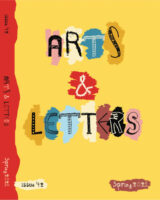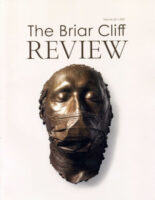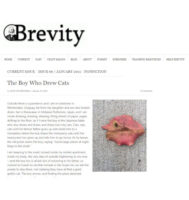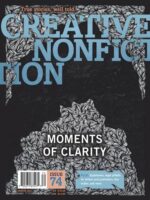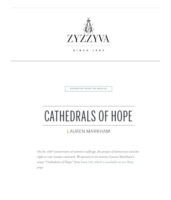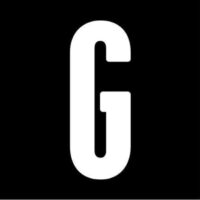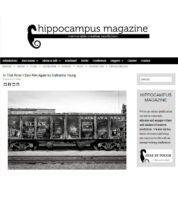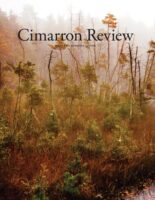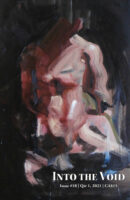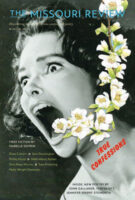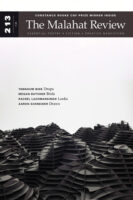Magazine Stand :: Smoky Blue Literary and Arts Magazine – Fall 2023
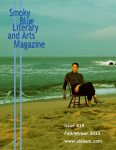
This nineteenth issue of Smoky Blue Literary and Arts Magazine (Fall/Winter 2023) contains seven works of short fiction available to read online. In “Ana,” Gregory Jeffers spins a tale of mystery involving Russian aristocracy and small-town American values. Elizabeth Hansen tells of a couple’s struggles with their backyard and with each other in “Yardwork.” There are seven non-fiction pieces (essay, memoir, and creative non-fiction). “Desire” sets forth taut emotions and traces the path of a rocky relationship using the creative typography of Victoria Wiswell. Paul Rabinowitz relates an encounter in a Brooklyn cafe that has more to do with creativity than wine in “Clockwork.” The issue contains twenty-six poems, including Milagros Vilaplana’s “At Battersea Park” which paints a restful lyrical outdoor scene, while KB Ballentine’s lyric depicts nature as untamed. Willie Edward Taylor Carver Jr opens the magazine with a poem about the confrontation between traditional religious values and LGBTQ individuals. SBLAAM includes artwork, with four images in this issue, including one of crafted jewelry, a picture of a mixed-media sculpture, and two outdoor photographs. SBLAAM has also just announced a writing contest for those 50 and older.
Find out more about many of these titles with our Guide to Literary Magazines and our Big List of Literary Magazines and Big List of Alternative Magazines. If you are a publication looking to be listed in our monthly roundup or featured on our blog and social media, please contact us.

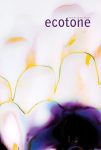
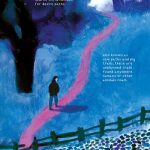
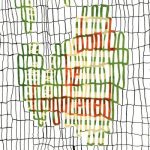
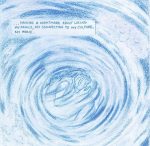
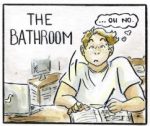
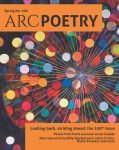
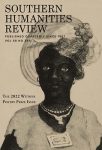

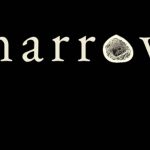

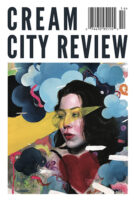

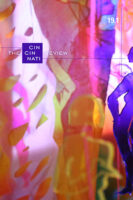
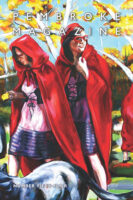
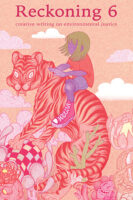


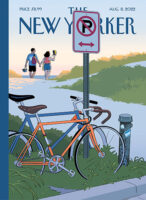
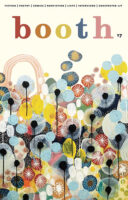
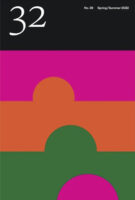

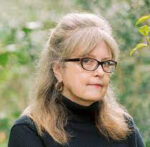
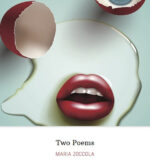
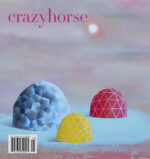

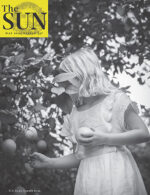
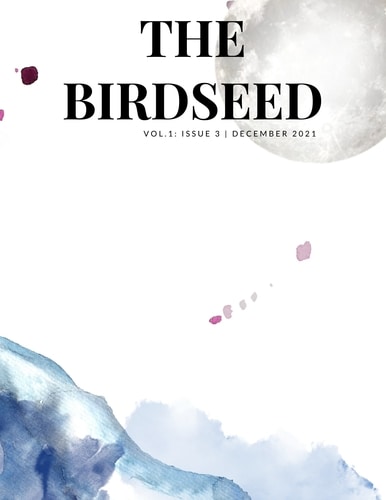
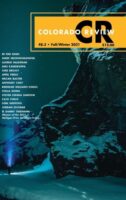


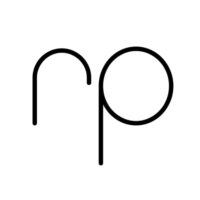
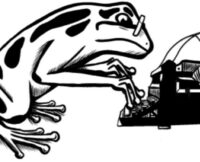
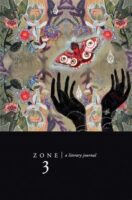
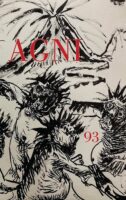
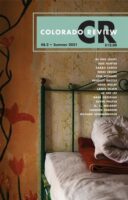
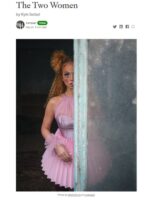
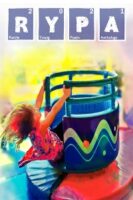 I am delighted each time the annual
I am delighted each time the annual 